Case Analysis and Prescribing Techniques
| Author: |
ROBIN MURPHY |
| ISBN: | 9788131902493 |
| Imprint: | B.Jain Regular |
287
Paperback
English
Case Analysing & Prescribing Techniques
This unique book teaches the reader the most difficult aspect of homeopathy – how to stay on the right course in the arduous road to curing a chronic patient. This book will feature prominently on your consulting table.
Main ...Read More
Case Analysing & Prescribing Techniques
This unique book teaches the reader the most difficult aspect of homeopathy – how to stay on the right course in the arduous road to curing a chronic patient. This book will feature prominently on your consulting table.
Main contents are Principles of Pharmacology, Drug-Proving, Interpretation of Drug Pathogenesis, Drug Relationship, The Application of Homeopathy, The Similimum, The Second Prescription, Hahnemann’s Nosology, Posology, The Preparation of Homeopathic Medicines.
Highlights of the book:
• Topics such as, mistakes in prescribing, vital force, definition of health, etiologies, case management and miasm.
• Point wise approach to case taking with discussions on related subjects.
• 6th edition of Organon is discussed in detail, highlighting several important aspects of case taking, viz. Methods of repertorisation.
• Various methods of case taking. Etiologies to be looked for during case taking.
• How to handle cases of AIDS. How to treat and manage drug addicts & gauge reaction to treatments.
• Author also points out common mistakes that student or practitioner may make in the course of case taking or treatment.
It is redrafted and re-explained for the connoisseur aimed at implementing and improving the art of 'Case Taking'.
| Pages | 287 |
|---|---|
| Format | Paperback |
| Imprint | B.Jain Regular |
| Language | English |
Add a Review
Your email address will not be published. Required fields are marked *
ROBIN MURPHY
Dr. Robin Murphy was born August 15, 1950 in Grand Rapids, Michigan. He carried out his undergraduate studies at the University of Michigan at Ann Arbor. There he discovered their homeopathic collection and became intrigued with the system it described.In 1976 he entered the National College of Naturopathic Medicine (NCNM), on a Hahnemann Scholarship. While at the school he studied with Dr. Ravi Sahni and Dr. John Bastyr. He directed the homeopathy program at NCNM from 1980-1984. He also taught... Read More
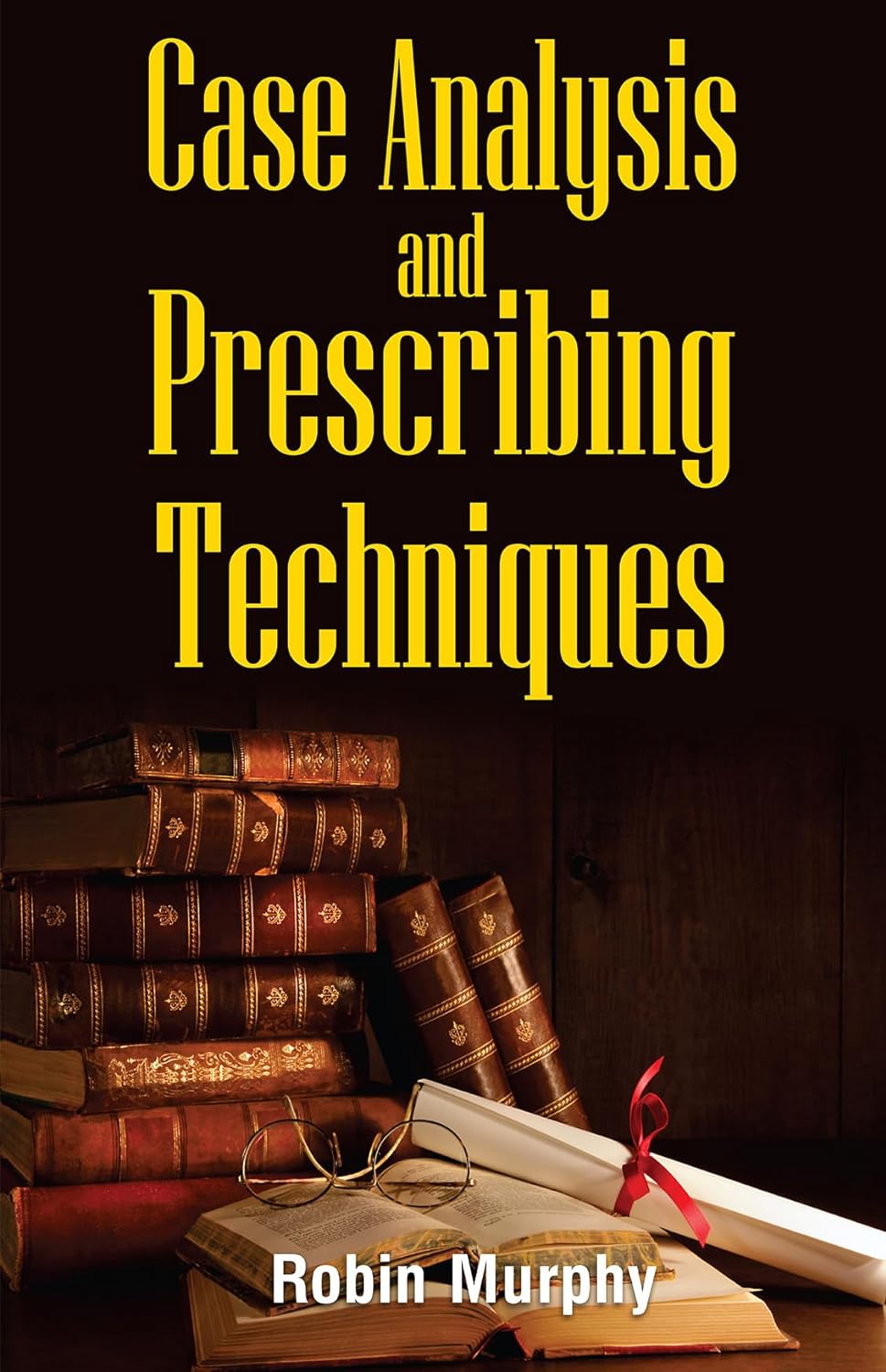


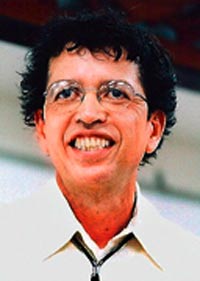
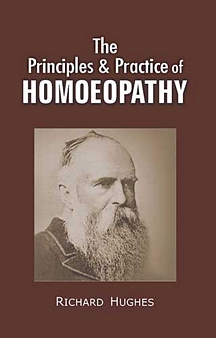
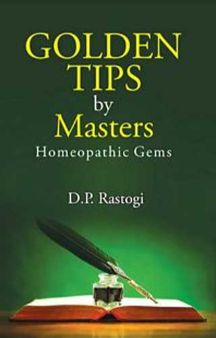
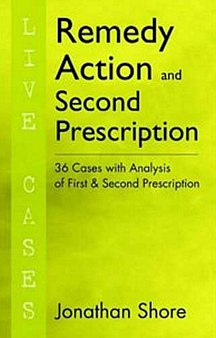
srinivas
A good book with excellent examples for understanding
Mohammed
It's really a good and detailing book about the fundamental of homeopathy and the diagnostic hierarchy of prescribing medicine.
Priyanka
Theory n practical knowledge both binded together...very very useful
Dr. Pratibha Pathak
As the title suggests this book is all about clinical utility; author gives a wonderful insight as how physician can enhance prescribing skills as a homoeopath. This book covers clinical part from every subject, starting from The Organon, Materia Medica, and Repertory. Explanation of Vital force with respect to conscious/ unconscious and central and autonomic nervous system is brilliant work, “ontology recapitulates phylogeny”: a nice scientific description is worth reading. Concept of Entropy is intelligent way to explain disease mechanism perfectly. Author raises his concern over fix ideas in practicing homoeopathy. He guides about interpretation of Materia Medica and approach to patient, and how vitality defines improvement in patients. Author has also given nice description of certain worth mentioning books with Highlights, plus and minus of books, anyone can get inspired to read those books as well. One of the chapters of this book is Etiologies, which is explained under several categories like emotional shock, physical trauma, deprivation, infectious diseases, environment, our perceptions of the world, genetic factors etc. each category is further explained with certain rubrics helping in case analysis and putting forth his philosophy. In his words case analysis is that we are analysing case before we find remedy and Case evaluation is when we are evaluating what the remedy has done. Further, few cases discussions to explain layer by layer prescription makes the whole thing more interesting. He asserts to analyse case by perceiving a state in case and sort out by uncovering layers of suppression. Similimum prescription layer wise is what he promoted in this book. This book gets more interesting as he touches other relevant topics, further he discusses about few AIDS remedies and how to handle AIDS cases with utmost sensibility. Also, he guides about treating and managing drug addicts. Author also discusses about reaction of treatments, which is integral part of practice and very useful. Can be said as extended practical explanation of Kent’s Twelve Observation. Every homoeopathic physician is well aware of individualised remedy but few must be knowing about the Individualised potency, which is so nicely described here in this book. Dr. Murphy explains suppression in the light of symptoms and signs changing various levels. Author lays significant stress on betterment of patients and same being the main goal of a doctor, even if, The Hering’s laws are not somehow in sync with the kind of betterment patient is appreciating. In his words “you have no reason getting complicated with philosophy and intellectualizing a case and what it means, even if it’s Hering’s law- it does’nt matter. They (patients) are better. That’s all that matter”. He further adds that he may not be able to explain it, but they (patients) don’t care. It went in opposite direction and they got better. That’s our only goal. Dr. Murphy was one of the veterans and intellectual, his comprehension of homoeopathic Principles is amazing; but somehow the above lines seem like weakness of this book, with no offence to followers and immense respect for the stalwart. He also states “Don’t change what you’re doing if they are getting better.” So, at places he also guides us to follow homoeopathic principles. Author has given good insight about intercurrent prescribing, which is very important as far as hurdles or obstacles are concerned while treating any case. Further he writes about Isopathic prescribing citing certain very interesting examples. He mentions about Dolisos pharmacy which is the only pharmacy perhaps having sarcodes for every organ and part. Sarcodes interestingly can prove to be very good intercurrent remedies if there is organ specific problem or complaints. Then tautopathic prescribing is also briefly described and he recommends as it is one of the etiology. Prophylactic prescribing is ignored he feels in our homoeopathic literature. As per him best preventive against all disease is to take your general homoeopathic remedy. Potency selection is something which still puts physician in confusion while prescribing. He discussed most popular way of high potency single dose and repetition as per need. And another being the low potency and frequent repetitions he refers to this approach as Hahnemannian. LM potency he found as superior, gentle and deeper and he explains it good including preparation. He suggests to use even simple potencies as well diluted in water as it enhances the action of medicine. And even number of pellets being given at a time matters as it is quantity of energy. Author in this book points out common mistakes that student and practitioner makes in course of case taking and prescription. This book is highly recommended to all the learners. And learners are not only students but every homoeopath as we understand learning is an endless process. About the author- Dr. Robin murphy was born on August 15, 1950 in Grand rapids, Michigan. He carried out his studies in Michigan State University. His two repertories, and lotus Materia Medica have been big success and extensive work that enhanced homoeopathy. He was one of the shining gems in the crown of Homoeopathy, his works will always guide and inspire to heal mankind. Reviewer- Dr. Pratibha Pathak BHMS. MD (Hom) HOD (Department of Surgery); in Bakson Homoeopathic Medical College and Hospital, Greater Noida. Clinical experience of around 18 years complte; privileged to work with reputed St. Joseph Hospital as Homoeopathic Consultant. Also, a part of The Homoeopathic Academy, THA; which is online learning portal of B Jain, for BHMS and MD students. Video lecture modules available in subjects like Materia Medica and OBGYN on THA. Associated with Kaizen, which is a preparatory institute for entrance exams such as AIAPGET, UPSC, State PSC, and several other competitions.
Prof. (Dr) Babita Shrivastava
Dr. Murphy was one of the earliest seminar teachers and is responsible for introducing many people to homeopathy. He takes a practical approach to homeopathic education, bringing clarity to the interrelation between philosophy, materia medica, and repertory work. The book “case analysis and prescribing techniques,” however is very thoughtfully produced with conceptual understanding of “glimpses of every day practices”. The book is up to date and carefully elaborated to meet the requirements of the profession. welcomed by both homeopathic students and practitioners. The author has been successful in his effort to correlate Clinical Aspect that is morbid physiology and therapeutic aspects of disease and throughout the book emphasized the necessity of recognizing, which many physicians fail to acquire the simple arts of “seeing,” “hearing,” “feeling,” “listening,” and “communicating.” The book is more anecdotal and conceptual than theoretical, emphasizing the constitutional disposition that makes individuals more or less susceptible to disease. Patients with comparable similar symptoms suffer quite differently, and these issues require distinct analysis, most of us commonly fail to differentiate between variations, in chapter Homeopathic case-taking with the example of anxiety and fear he explains how to identify patterns of symptoms and signs to achieve an appropriate differential diagnosis. The pattern is seen crucial in identifying the underlying disorder, and in the chapter etiologies he has mentioned appropriate information on the cause of the condition and its expected course and treatment. It’s extraordinarily useful. The hype around this book has been unquestionable Focusing on the character of the illness and the importance of Case Analysis & Prescribing Techniques (1st Edition) by Robin Murphy Paperback, 287 Pages, published 2004 by B Jain Pub Pvt Ltd. Large Print ISBN-13: 978-81-319-0249-3, ISBN: 81-319-0249- Robin Murphy, ND 8/15/50 (Michigan)- 11/17/21 the physician's ability to listen, to understand the patient's interpretations and attributions, and to convey empathy meaningfully and be helpful. Murphy not only brings to this task considerable experience as physician but also as an expert in homeopathic medicine, which allows him to convey brilliantly the variability in Homeopathy with assigned meaning and goals. This art, is neglected and undervalued by many young physicians, which is a central aspect of effective care and management. Murphy’s book tells us, that every patient has a story and that illness has its distinct meaning systems that guide the patient's reactions to treatment. Therefore, this book makes clear that medicine is a social institution shaped by our philosophical predispositions, our history, and our present needs. Our demography is changing significantly, posing new and future challenges in long-term care and the management of chronic disease and disability. As we confront new challenges, whether in response to acquired immunodeficiency syndrome (AIDS) or other new agents, or in handling people on drugs. With Prescribing techniques and appreciation that medicine exists to serve human purposes. It is only by carefully distinguishing between means and ends that we can successfully shape our medical futures. Most of the evidence Murphy gives us is anecdotal, the style is conversational, which is my favorite kind to read. I don't think there's anyone who wouldn't benefit from reading this book.